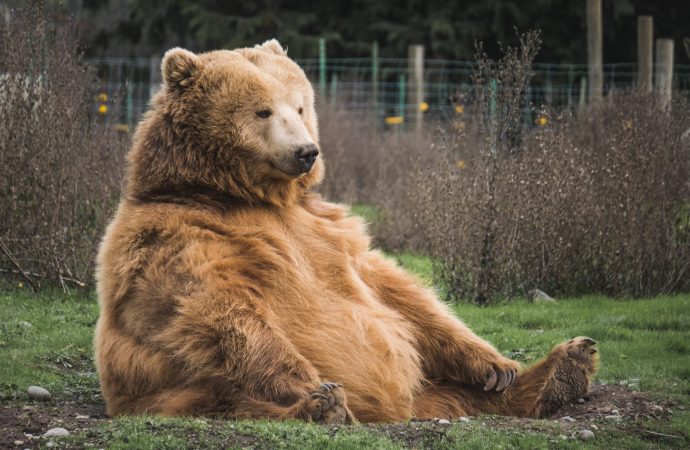I’m happy to help you with your request. Bears are important members of ecosystems around the world, but their populations are under threat. In this article, we’ll explore why it’s important to protect bear populations and the issues they face. First and foremost, bears play an important role in maintaining healthy ecosystems. As omnivores, they
I’m happy to help you with your request. Bears are important members of ecosystems around the world, but their populations are under threat. In this article, we’ll explore why it’s important to protect bear populations and the issues they face.
First and foremost, bears play an important role in maintaining healthy ecosystems. As omnivores, they eat a variety of foods, including plants, berries, insects, and small mammals. By doing so, they help to control populations of other species and disperse seeds across the landscape. Bears also play a key role in nutrient cycling, as they consume large amounts of organic matter and then distribute it through their waste.
However, bears face a number of threats that are putting their populations at risk. One of the biggest threats is habitat loss. As human populations expand and development encroaches on wilderness areas, bears are losing the habitats they need to survive. This can lead to a decline in bear populations, as well as a decrease in the overall health of the ecosystem.
Another major threat to bear populations is hunting. In some areas, bears are hunted for their meat, fur, or other body parts. This can have a significant impact on bear populations, particularly if hunting is not managed sustainably. In addition, some bears are killed by humans due to conflicts over food, territory, or other resources.
Climate change is also having an impact on bear populations. As temperatures rise, some bear species are losing the habitats they need to survive. For example, polar bears are losing sea ice, which they use as a platform for hunting and traveling. As a result, polar bear populations are declining rapidly.
Finally, bears are sometimes subjected to inhumane treatment by humans. This can include bear baiting, in which bears are lured to a specific area and then attacked by dogs, or bear farming, in which bears are kept in captivity and their bile is harvested for use in traditional medicine.
Given these threats, it’s clear that we need to take action to protect bear populations. This can include measures such as:
- Protecting wilderness areas and other important habitats for bears
- Implementing sustainable hunting practices and managing conflicts between bears and humans
- Addressing the root causes of climate change and taking steps to reduce greenhouse gas emissions
- Enforcing laws and regulations that prohibit inhumane treatment of bears
By taking these actions, we can help to ensure that bear populations remain healthy and vibrant for generations to come. In doing so, we’ll be helping to protect not just bears, but the entire ecosystems in which they play such an important role.























Leave a Comment
Your email address will not be published. Required fields are marked with *